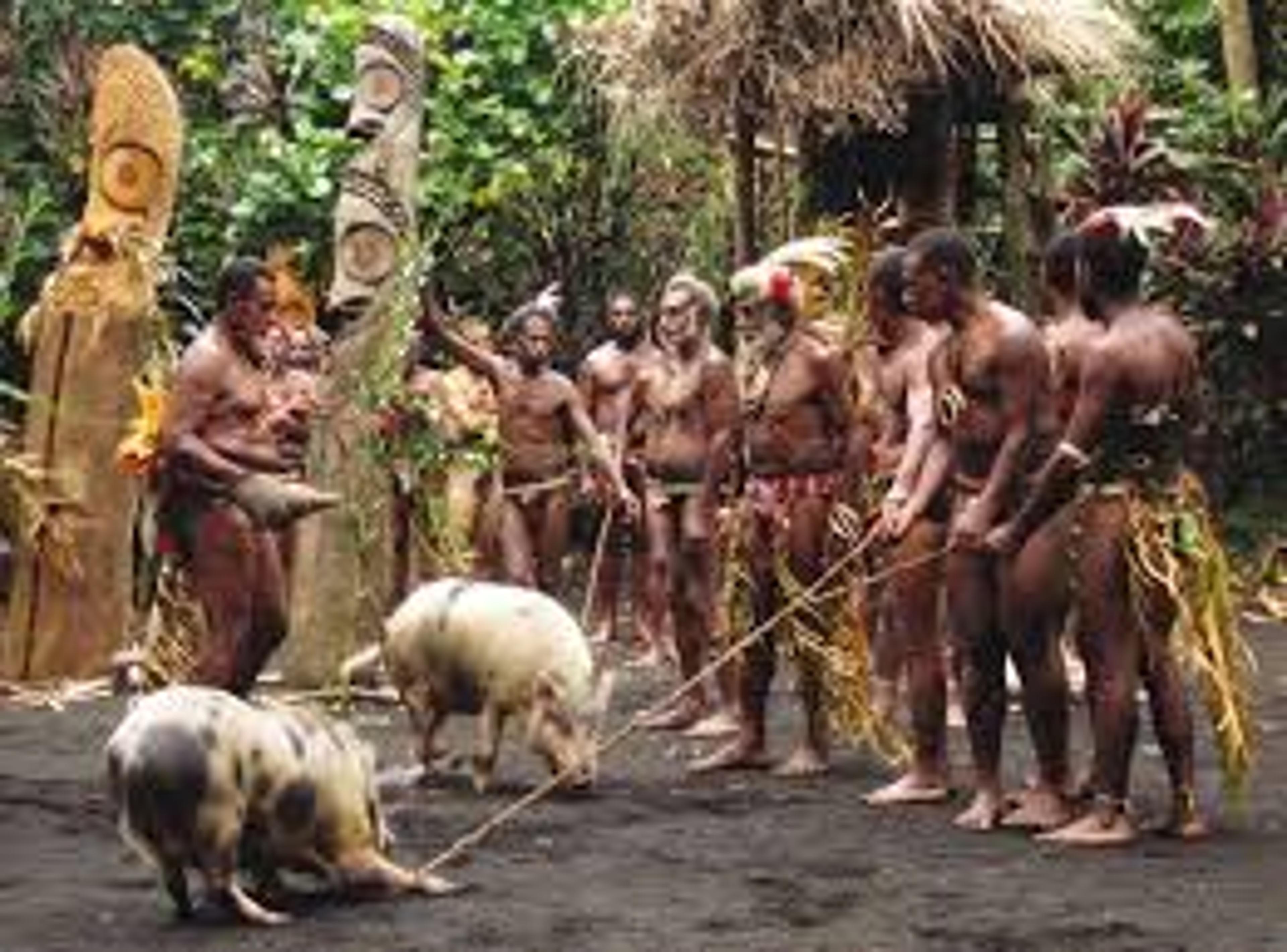

Seven Pacific languages are among the newly updated list available through Google Translate.
Photo/Supplied
Google Translate putting Pacific languages ‘on the map’
Chamorro, Chuukese, Fijian, Marshallese, Tahitian, Tok Pisin, and Tongan can now be translated using the AI tool, but how reliable is it?



Holiday Classics: The sports films that bring families together

Memories over miles: South Aucklanders share their favourite holiday getaways



Ancient DNA shows how Pasifika carried pigs across the ocean

Holiday Classics: The sports films that bring families together

Memories over miles: South Aucklanders share their favourite holiday getaways

Google Translate is continuing to expand its accessibility and connectivity, recently adding 110 languages to its artificial intelligence tool including seven Indigenous ones.
They are Chamorro (Mariana Islands), Chuukese (Caroline Islands in Micronesia), Fijian, Marshallese (Also known as Ebon, Marshall Islands), Tahitian, Tok Pisin (Papua New Guinea Pidgin), and Tongan.
They join previously added Hawaiian, Māori, and Sāmoan.
Speaking our indigenous languages is a way in which we can bridge connections to our past, present, and future cultural ideologies.
And as we merge further into this technological age and the generational knowledge gaps widen, learning online or through AI can be seen as a particularly vital tool for those with little language resources and diasporic communities.
PMN Tonga language show producer Filipo Motulalo applauds Google Translate for the addition of Lea Faka Tonga.
“I would like to congratulate and thank Google for taking the lead (and putting) the Tongan language on the map. Making it available to Tongans and non-Tongans.
“I know it is not an easy task to collect, collate, and organise. Malo e ngaue.”
Google Translate has been used globally to break down language barriers and help people better understand the world around them.
The 110 new language rollout is thanks to their PaLM 2 large language model where it helps translate more efficiently through learning languages that are closely related to each other.
Senior Software Engineer for Google Translate, Isaac Caswell, says they continuously apply the “latest technologies” to improve accessibility.
“As technology advances, and as we continue to partner with expert linguists and native speakers, we’ll support even more language varieties and spelling conventions over time,” Caswell said in a statement.
When asked if he shared any concerns around the quality and correctness, Motulalo was optimistic.
He hopes Google continues to nurture language revitalisation and gives space for “growth and changes” to their database.
He says as more people use Tongan Google Translate, it will develop and improvements will happen.
“The context of the language also will grow and improve because there are issues and words in this time and space that need to be regularised and standardised.
“For example: immune. Immune to and immune from is given the same translation. Yet immune to a disease would be different from being immune from a certain situation.
“However, I still think it is a wonderful achievement. Please take what I am saying as ‘add value’ rather than being critical.”
However useful, Motulalo says it is also up to indigenous language speakers to ensure quality language revitalisation, particularly for the written Tongan language.
When it comes to the Fijian Vosa Vakaviti Google Translate, PMN’s i-Taukei visual editor Eroti Navuku (Yaqaga - Bua Province, Vatu - Cakaudrove Province) says he has given it a whirl.
Navuku said he was concerned especially with the “word for word” translations the tool gave, as it missed the contextual meaning and nuances within Vosa vakaviti.
“If anyone or AI is just going to translate this then I feel it should be done properly
“Our language when we speak it, we are not very direct in the sense that when I say, ‘Sa dre ko malolo’, (The sun is setting), AI would just translate that as ‘It is pulling Malolo’ - which wouldn't make any sense.
“I think this has to be looked into by an Itaukei (Fijian) and not just someone who has a degree in Pacific Languages.”
We Google translated ‘Sa dre ko malolo’ and got a rather interesting translation.

Navuku says he’s impartial to the use of Google Translate as on the one hand, it accounts for language sustainability but on the other, there’s no grammar check.
“I guess it's one way of ‘preserving’ the language. We are living in the Digital Era and I can't recall the last time I saw any of the Old Fijian Textbooks that I used to read as a kid growing up in Fiji.
“Everything is accessible online and I don't see anyone willing to pay to learn the language when it's free online even if it's not the correct words or sentences.
“Not like the person would know it's wrong right?”
It may seem like an interesting concept for some of us to think of AI as a vessel of language learning, especially when culturally this is done orally.
Even still, language survival is a prominent issue for endangered languages such as Vagahau Niue, Rakahanga-Manihiki - Cook Islands, Rotuman, Nauruan, and Tokelauan.
So could it be time for us to look at partnerships with platforms such as Google to immortalise a digital footprint for generations to come?
Visit the Google Translate Help Center to learn more about these newly supported languages, and get started translating at translate.google.com or on the Google Translate app on Android and iOS.